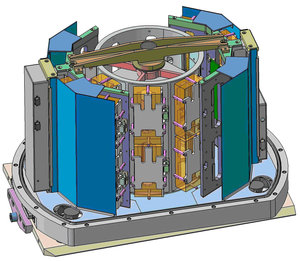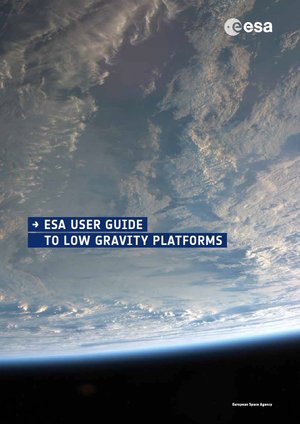Biology in Microgravity module (BIM)
A number of modules dedicated to biology have been developed for the sounding rockets within the Texus, Maser and Maxus programmes.
Biology in Microgravity is an experiment module for small biology experiments. It is equipped with an incubator that accommodates experiment-specific cassettes.
Up to 16 experiment cassettes can be accommodated to undergo the weightless period offered by sounding rockets while another 16 cassettes can be placed on a centrifuge to simulate Earth’s gravity during the flight. The module offers automatic operation.

The experiment cassettes are approximately 20 x 40 x 80 mm in size and developed specifically for each experiment. Typically, the cassettes house one to four samples that can be mixed with activators or fixatives during flight.
The Biology in Microgravity module is compatible with similar cassette systems developed for other ESA biological facilities such as its such as the portable Space Station incubater Kubik and Biobox, the automatic incubator for Foton spacecraft to all manner of cell biology and microbiology as well asplant and developmental biology experiments.
The experiment samples are typically prepared in a laboratory at the launch site and inserted in the Biology in Microgravity module a few hours prior to launch.






